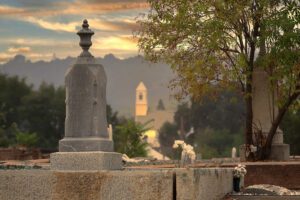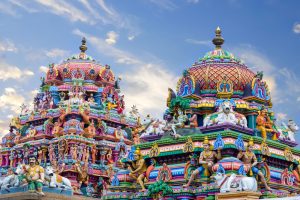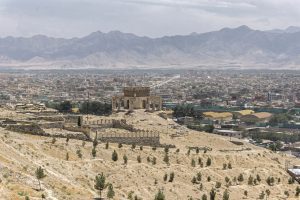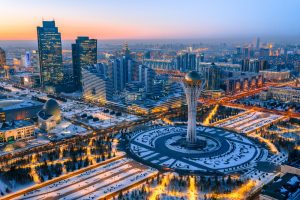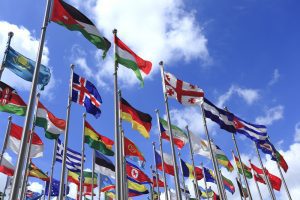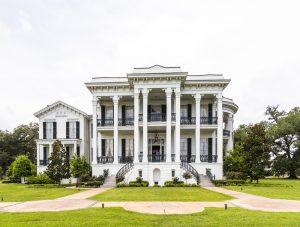Afghanistan is a country rich in history, food, and culture that is rare to find elsewhere. Cultural practices in Afghanistan are very distinct from what you may find in other parts of the world.
The citizens of Afghanistan have been quite religious from the early days. They have always held on to the concept of religion and a supreme being.
Their faith plays a significant role in shaping their culture and identity. It is also evident in their conversation and how they regard each other.
Additionally, they have a fierce devotion to their tribes, clans, and beliefs. Islam is the dominant religion in Afghanistan.
Therefore, it is forbidden for men and women to make eye contact, shake hands, or hug. However, family members of opposite genders can touch each other.
Many people around the world think Afghanistan’s culture and rules are extreme. However, most citizens grew up with that training, so it is a norm for them.
Furthermore, the dress code for women is strict. Failure to comply brings severe punishment.
Almost everyone in the world with a TV, radio, or access to the internet has heard about Afghanistan and has some preconceived ideas about the country.
Prepare to be surprised! Let’s explore some facts that you may not know.
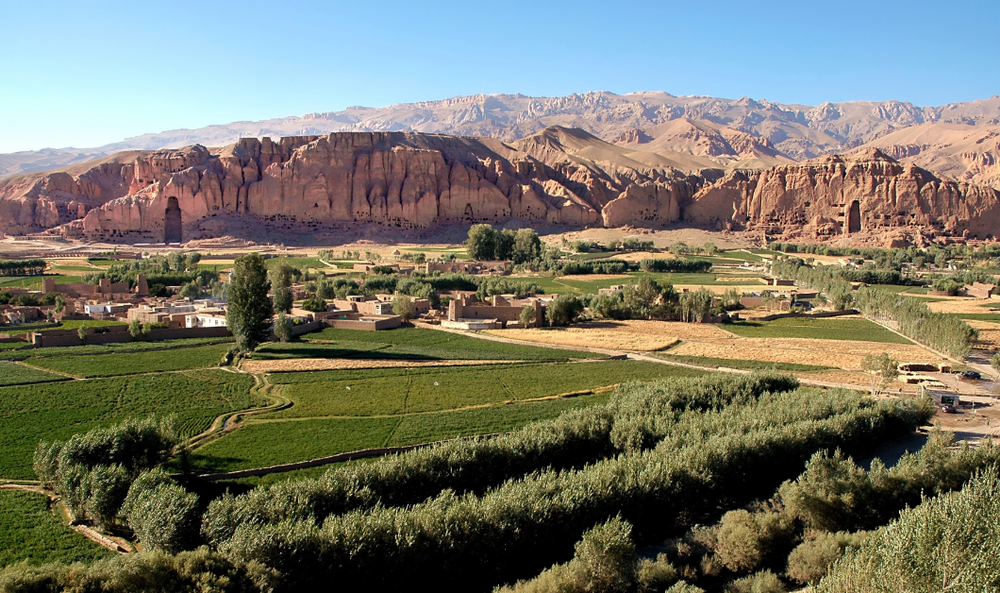
Table of Contents
General Facts About Afghanistan
- Total Population: 41,128,771
- Land area: 652,860 sq. Km
- Capital: Kabul
- County code: AF
- Country Number/Prefix: +93
- Time zone: UTC+4:30 (This means that the country is 4 hours and 30 minutes ahead of UTC)
- National Day: August 19
- Official language: Dari (the local form of Persian) and Pashto (the national language)
- Currency: Afghani
- Highest Mountain: Noshaq (7,492 meters)
- Biggest Lake: The deep blue lakes of Band-e Amir
- Government: a centralized presidential system
- Official website: https://mfa.gov.af/en/home-2/
- Primary minister: Incumbent Hasan Akhund
- Member of NATO: Yes
- Member of the UN: Yes
- National song: “Milli Surood”
Quick Afghanistan Facts
- Afghanistan is situated in Central Asia.
- The official name of the country is the Islamic Republic of Afghanistan.
- Afghan is derived from the word “Asvakan,” which means horse breeders or horsemen.
- The official currency is Afghanis.
- The official languages are Dari and Pashto.
- Tea is a popular beverage in Afghanistan.
- One of the most popular meals is Palau. It is made from rice, fruits, and goat sheep meat.
- Afghanistan is rich in lapis lazuli, the vibrant blue stone used to decorate the grave of the Egyptian king, Tutankhamun.
- Afghanistan is only nearly as big as Texas, United States of America.
- Afghanistan is the 37th most populous country in the world, with a population of 41,128,771
- Afghanistan shares borders with six countries- Turkmenistan, Uzbekistan, Tajikistan, Pakistan, China, and Iran.
- Afghanistan is an Asian country.
- Cricket and Football are the most popular sports in Afghanistan.
- Afghanistan is nicknamed the grave of empires.
- Afghanistan is the world’s third-largest displaced population.
- Afghanistan is a little bit bigger than France.
- The country has 34 provinces and 400 provincial districts.
- Afghanistan became a registered member of the United Nations in 1946.
- Approximately 99.7% of Afghans are Muslims.
- Afghanistan has a continental climate.
Interesting facts about Afghanistan
1. There are no public churches in Afghanistan

About 99.7% of the individuals living in Afghanistan are Muslims. Therefore, Islam is the official religion in the country.
Additionally, about 80% to 89% are Sunni Islam. The rest population is Shia Islam.
The only Christian church in the country is Our Lady of Divine Providence Chapel. It is located in the Italian Embassy of Kabul.
The chapel was first opened in 1933
2. Afghanistan is the largest producer of opium
It may come as a shock, but Afghanistan is a top producer of poppies. The poppies are often used for making opium and heroin.
According to reports from the UNODC – United Nations Office on Drugs and Crime – Afghanistan is the biggest producer of opium globally.
More than 90% of the world’s opium is from Afghanistan.
Additionally, more than 95% of Europe’s opium supply comes from Afghanistan. Therefore, opium farming is one of the most lucrative businesses in Afghanistan.
Reports from the United Nations show that 120,000 Afghanistan citizens are employed thanks to poppies.

Additionally, poppy cultivation can bring in about $300 to $400 million a year.
3. The national flag has been changed 26 times
The national colors of Afghanistan are black, green, red, and white. The black represents the past associated with war and destruction.
Red signifies the sacrifice of the individuals who gave their lives fighting to liberate the country.
The green represents their deep rootedness in Islam. White represents the national emblem, which includes two flags, a pulpit, and a mosque.
The flag also has the words Afghanistan, wheat, the Shahada, and Takbir.
The flag also declares, “There is no God but Allah and Mohammad is his Prophet, and Allah is Great.”
The first flag was commissioned in 1709. However, Afghanistan has used various flags.
4. The weather is extreme
Afghanistan can be both incredibly cold and incredibly hot.
The difference between the highest recorded temperature and the lowest is above 100ºC (180ºF)
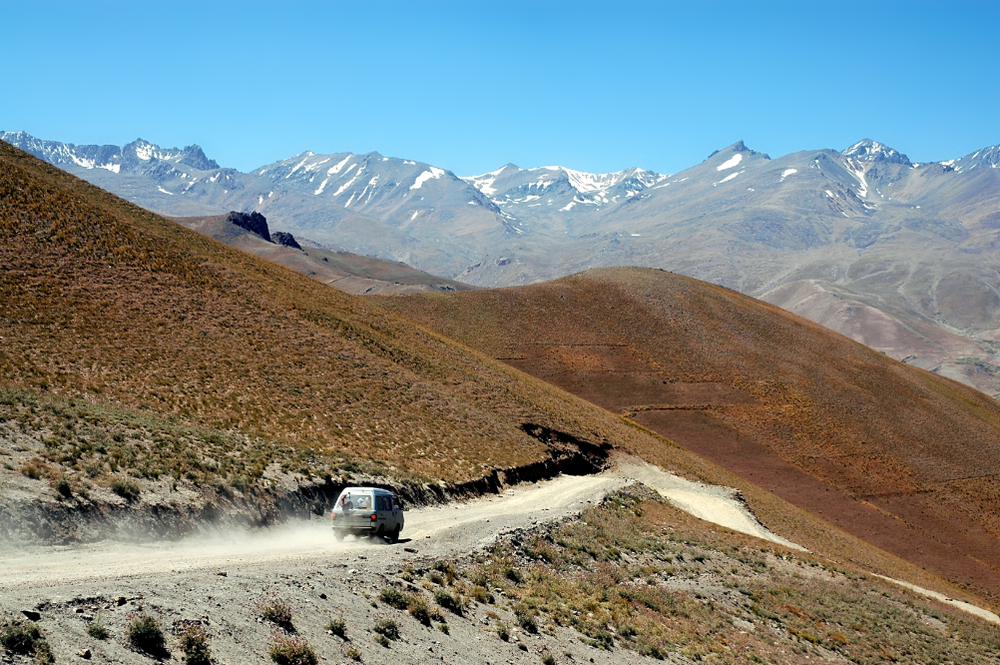
The highest temperature recorded in Afghanistan is 49.9 °C (121.8 °F), while the lowest was −52.2 °C (−62.0 °F).
Additionally, the difference between the highest point – Noshakh – and the lowest point – Amu Darya – is 7,234 meters.
Therefore, Afghanistan holds the title of the 6th highest elevation span across the globe.
5. Afghanistan has the oldest oil paintings in the world
The oldest oil paintings in the world can be traced to Afghanistan. These paintings were discovered on cave walls.
Scientists were able to discover they were made during the 7th century AD. Meanwhile, oil painting did not start in Europe until the 13th century.
The paintings on the cave walls in Afghanistan illustrate mythical creatures and Buddha in vermilion robes.
Two statues of Buddha were erected in the 6th century on a sandstone cliff – Gautama Buddha and Vairocana Buddha.
The cave paintings are located near these carvings. These statues were symbolic of the tallest Buddha carvings across the globe.
Unfortunately, in 2001, the Taliban blew it up, claiming they were not an appropriate description of Islam in the country.
6. The capital of Afghanistan is Kabul

Kabul is the largest city in Afghanistan and the 75th in the world. It is situated in the eastern part of the country.
Kabul became the capital of Afghanistan in 1776.
7. The Father of Afghanistan
The founder of the Afghan empire is Ahmad Shah Durrani. He is popularly known as “the Father of the Nation.”
He was crowned their ruler in 1747. He merged all the fragments and provinces into one big kingdom.
He died in 1772, and his son Timur Shah reigned in his stead. Under the leadership of Timur in 1776, Kabul became the capital and no longer Kandahar.
8. There are two official languages in Afghanistan
Afghanistan has two main languages, Dari and Pashto. About 25% to 50% of the population speaks Dari.
The Afghanistan government has been advocating for Dari since 1964.
Mohammed Zahir, the ruler of the Afghans between 1933 and 1973, announced the national language as Pahto.
About 45% to 60% of the population adopts Pashto as their primary language.
They also speak Hindustani (a language spoken in Pakistan and India), especially the refugees. However, since the 2000s, English has gained increasing popularity in Afghanistan.
9. The Gardens of Babur is a historical place in Kabul

The Gardens of Babur is an 11-hectare garden situated at the foot of Kuh-e Sher Darwaza Mountain.
The Mughal emperor, Zahir ud-Din Muhammad (also known as Emperor Babur), was laid to rest in this garden.
Emperor Babur built ten gardens, but the Garden of Babur was his favorite. He often expressed his desire to be buried here.
However, he died in India in 1530 and was buried in Agra. His body was eventually transferred to the garden in 1544 for final burial.
After the Afghan civil war, the garden was left unattended. However, the government made plans to restore the garden to its former glory.
The Garden was eventually completed in 2008 and became a popular site for tourists. About 1,030,000 tourists visited the Garden of Babur in 2016
10. Polygamy is an acceptable practice in Afghanistan
Afghanistan operates under the Sharia Law (religious law forming the Islamic traditions) and allows polygamy.
As a result, a man can marry about four wives. The number of concubines a man can have is unspecified.
However, the law mandates the man to treat all wives fairly and equally.
11. The county is a producer of fresh fruits
Afghanistan produces about 1.5 million tons of fresh fruits every year. Some of the finest fruits, such as pomegranates, grapes, melons, and mulberries, are harvested in large quantities in the country.
Other fruits like peaches, apricots, figs, and berries are also abundant in Afghanistan.
Afghanistan’s Flag
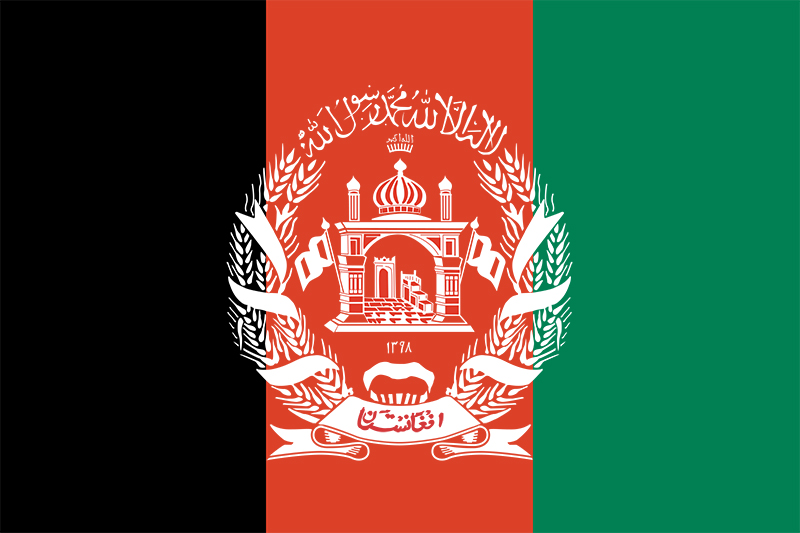
The flag of Afghanistan has three colors- black, red, and green. However, the nation’s emblem is illustrated on the flag in white. It includes writing in Arabic, a mosque with two flags, and some wheat surrounding it.
Afghanistan on the Map
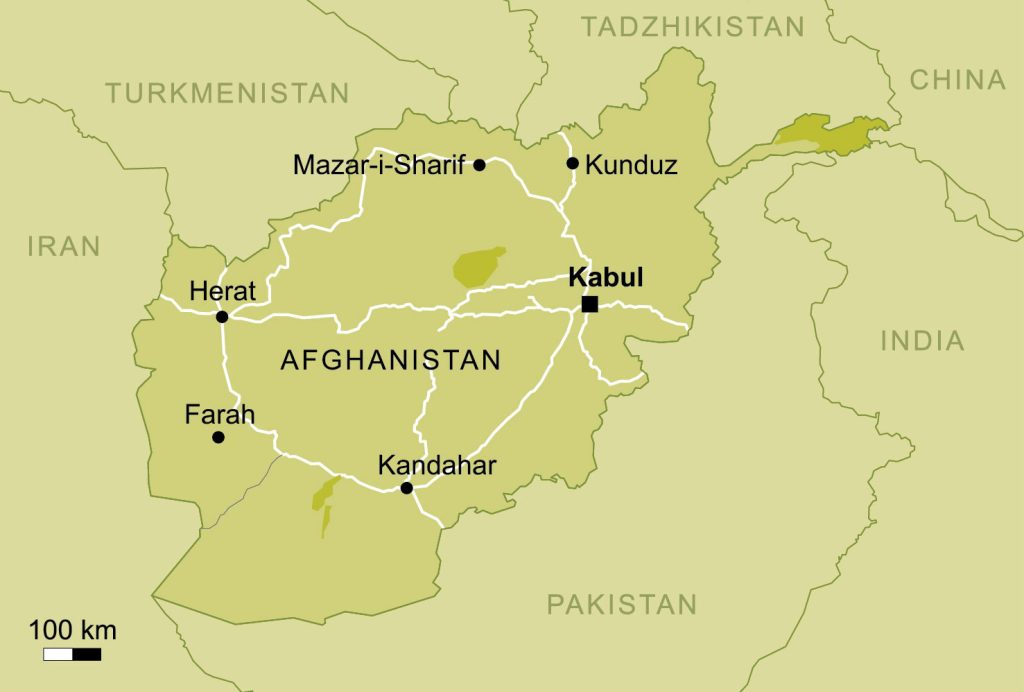
Afghanistan is a landlocked nation situated between South and Central Asia. It is popularly described as the heart of Asia and occupies 652,864 square kilometers.
Afghanistan is bordered by six countries, Pakistan, Iran, Turkmenistan, Uzbekistan, Tajikistan, and China.
Most Beautiful Cities in Afghanistan
Afghanistan is rich in history and culture. Unfortunately, the country is associated with war and terrorism.
However, it is home to beautiful architecture, nature, and historical sites.
1. Kabul
The first place on our list is Kabul, the capital and center of the political power of Afghanistan. It has a population of about seven million.
Kabul is the largest and busiest city in Afghanistan.
Before the Islamic religion overtook Afghanistan, Kabul was a place for Zoroastrianism and Buddhism.
This city is famous for its architecture, palaces, gardens, and bazaars.
It is home to Abdul Rahman Mosque, which was constructed to resemble traditional Islamic designs.

If you find yourself in Kabul, check out the Afghan National Museum, Babeu’s garden historical park, Babur Tomb, Shah-Do Shamshira Mosque, and the Darul Aman Palace.
2. Kandahar
Kandahar is the second largest city in Afghanistan. It is usually referred to as the country’s center for commerce and industrialization.
Many people believe that modern Afghanistan emerged from this city.
An interesting fact about Kandahar is that it was founded by Alexander the Great. It is usually described as the heart of the country.
One of the most important places in Kandahar is the Friday Mosque of Kandahar. This city is rich in culture and history.
3. Mazar-e Sheriff
Mazar-e Sheriff is the fourth largest city in Afghanistan. It is beautiful and rich in culture. Ali bin Talib’s tomb, the Prophet Mohammad’s cousin, is located here.
Mazar-e Sheriff is the capital of Balkh province. The city was built around the shrine of Hazarat Ali. Tourists often refer to this city as Blue Mosque city.
There are lots of eye-catching sceneries in Mazar-e Sheriff. It is home to various Muslim historical structures.
In addition, you can find several Greek relics from Alexander the Great’s days.
4. Herat
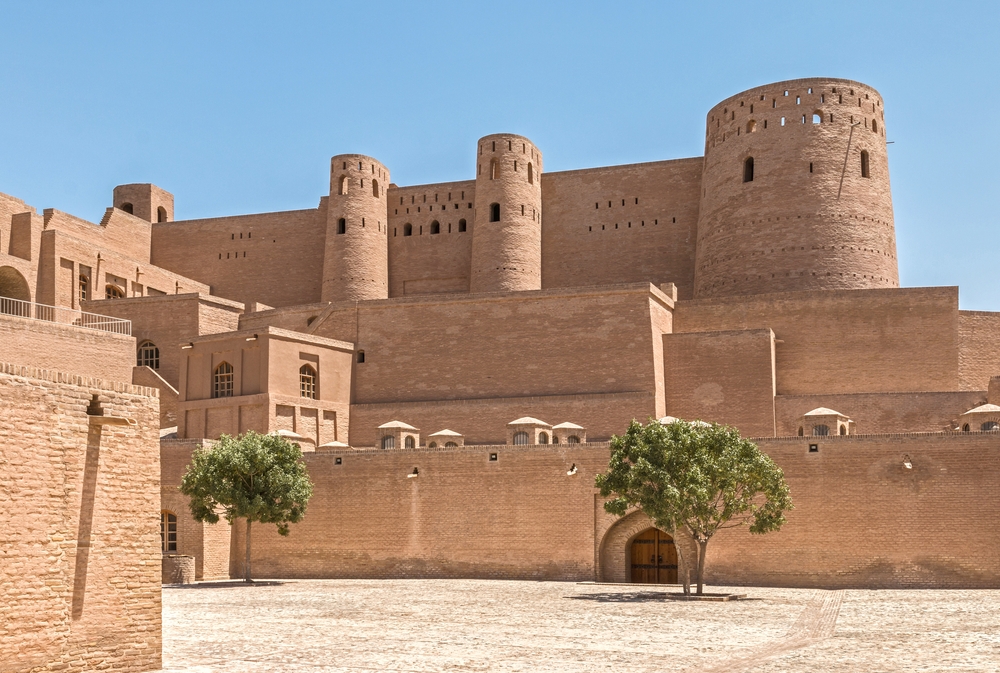
Herat is popularly known as the heart of Afghanistan. This ancient city in the western region is home to various historical sites.
The construction of one of the most beautiful Friday mosques began in 1200 AD.
This historical city is quite resilient. Over the course of the many wars in Afghanistan, Herat has witnessed several destructions.
However, it is always rebuilt and stands strong.
Some of the best places to check out are the Great Mosque complex, Great Mosque of Herat, Herat National Museum, and Herat Citadel.
5. Faizabad
Faizabad is located in the northeast part of Afghanistan. This city is still quite remote due to the bad condition of the roads.
However, this has helped to preserve its culture. Faizabad is known for its architectural ruins; however, mosques and shrines are still intact to tell the city’s history.
There are two bazaars (local markets) in the city where various items are sold. Another fascinating place to visit is the Faizabad Chowk.
6. Jalalabad
This city is located in the eastern part of the country. Jalalabad is surrounded by water and large green areas.
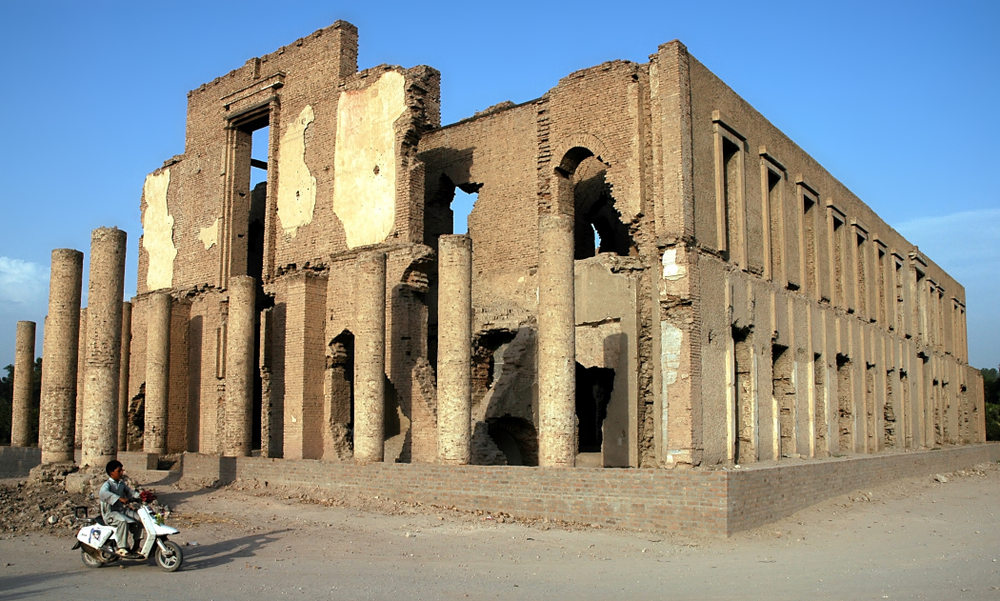
Therefore, it is hailed as one of the most beautiful places in Afghanistan.
The city served as an outpost for the father of modern Afghanistan, Ahmad Shah Durrani.
Jalalabad has beautiful architecture, which you can appreciate from the Nangarhar University, the Mausoleum of King Amanullah Khan, and mosques.
7. Bamiyan
Bamiyan is situated in central Afghanistan. This city is a famous tourist attraction center and popular among lovers.
Over the years, it has earned the nickname “Valley of the Gods” and “Shining light.”
Ancient Bamiyan was a hotspot for Hindu-Buddhist worship. The city was filled with sculptors, artisans, and monasteries.
However, all these changed when Muslims came.
Bamiyan is rich in culture, evidenced by the two giant Buddha statues acclaimed as the most extraordinary carvings in Asia in the 4th and 5th centuries.
Unfortunately, these cultural heritages were destroyed during the Taliban attack in March 2001.
8. Bagram
Bagram is situated north of Kabul. The city was initially a Persian colony. In addition, the Greeks influenced most of the development in the city.
Bagram is very close to the popular Hindu Kush hills. It also served as a route for silk traders from ancient India.
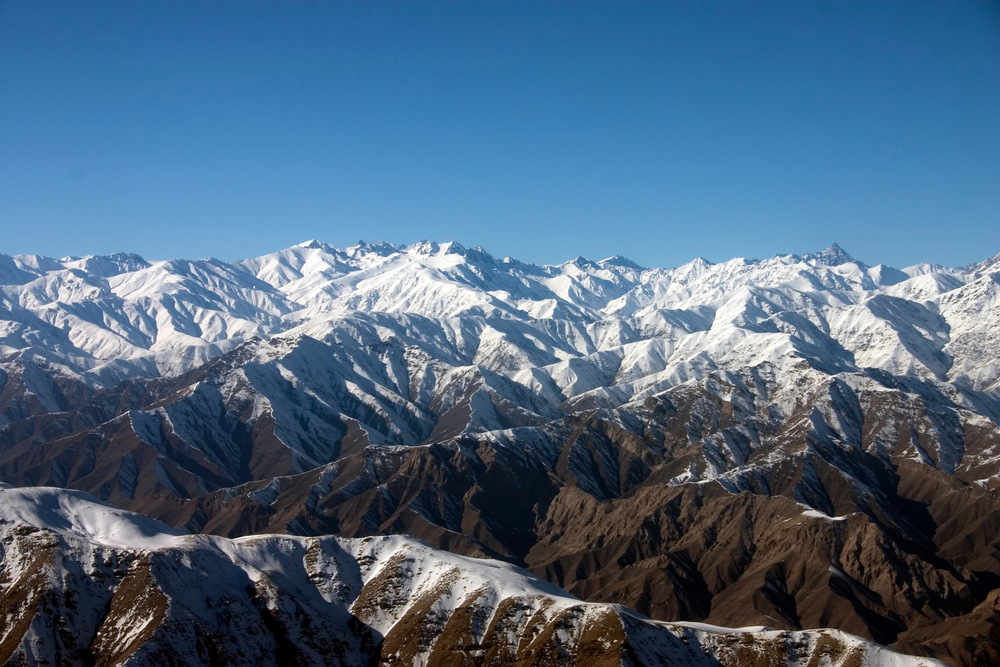
Bagram was home to Alexander the Great in 300 BC. The city has a unique mix of Indian, Arab, and Hellenistic architecture styles.
One of the fascinating places to visit is the Bagram Air Base Airport.
Afghanistan and war
Since the 20th century, Afghanistan has been associated with numerous wars. Here is a brief timeline of the significant events of the war.
The 9/11 attack
The United States of America was plunged into chaos when terrorists hijacked and crashed four commercial airplanes in 2001.
Two were crashed into the world trade center in New York City, one in Pennsylvania, and the last one in Washington DC.
These terrorists worked from Afghanistan under Al Qaeda. The then POTUS George Bush demanded that Bin Laden and his emissaries be delivered to the US for justice.
However, the Afghanistan government refused to oblige.
The British government and US joined forces to launch an attack on Afghanistan in October 2001.
The attack began with an airstrike that lasted five days. The focus was Jalalabad, Kandahar, and Kabul.
Kandahar was the last Taliban stronghold to fall in December 2001. As a result, Osama Bin Laden and other Al Qaeda leaders went into hiding.
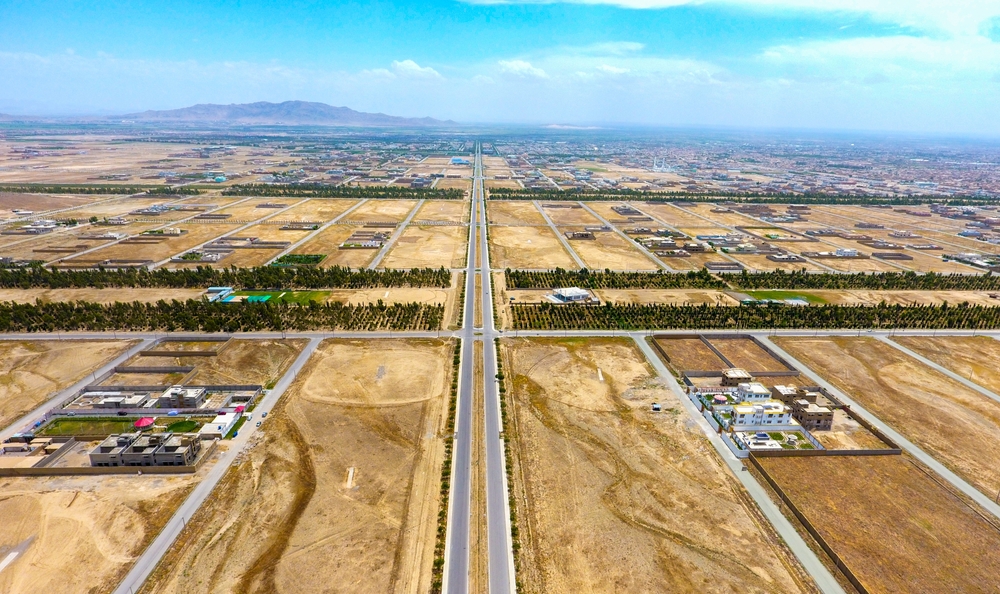
Reconstruction of Afghanistan
As with every war, there was a loss of lives, property, and subsequent instability in Afghanistan. The United States formulated a Marshall Plan, and congress allocated over $38 billion for humanitarian services.
In June 2002, Hamid Kazai was chosen to serve as the country’s leader as they transitioned from the Taliban government.
About 8,000 American soldiers remained in Afghanistan to maintain peace and order.
By 2003, the US secretary of defense, Donald Rumsfeld, announced that “major combat operations” in Afghanistan had ended.
Kazai was elected and served two terms. In October 2004, the country had its first democratic election since the war.
The goal was reconstruction and building the economy.
However, Taliban forces began to regroup in Afghanistan, as the US was busy fighting a war with Iraq.
The death of Osama bin Laden
The citizens of Afghanistan finally enjoyed some peace. However, the Taliban forces regrouped in the shadows to destroy the nation again.
In February 2009, POTUS Barack Obama made a pledge to send more than 17,000 US troops in addition to the 32,000 NATO forces and 36,000 Americans already in Afghanistan.
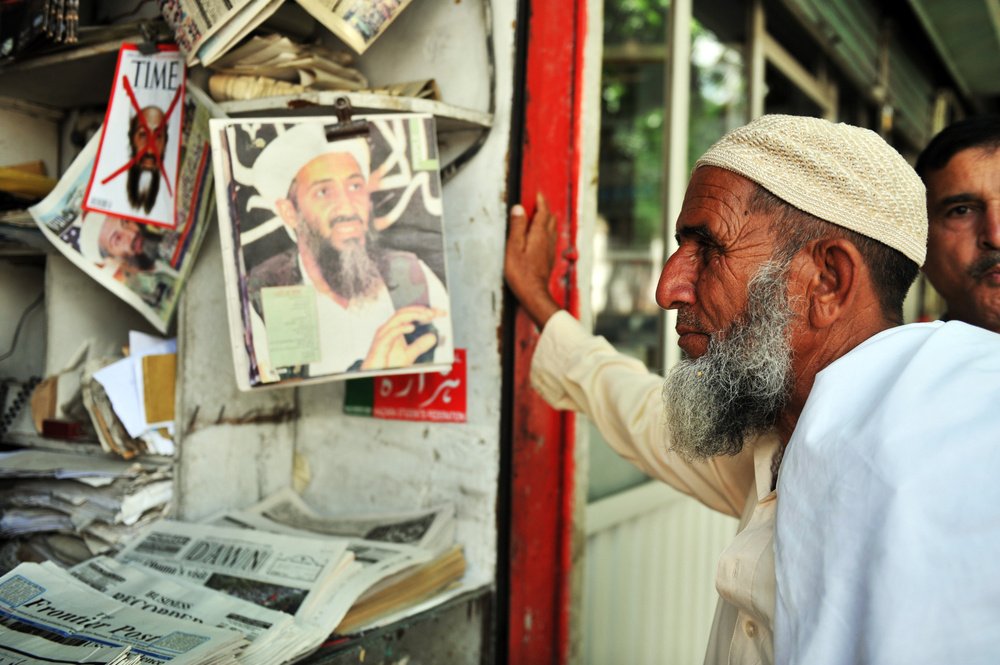
The aim was to promote peace, security, and political stability in the country.
In May 2011, after a ten-year global search, the US Navy Seals caught up with Osama bin Laden in Pakistan.
His death was a turning point in Afghanistan’s decade-long war and instability.
Taliban attacks escalated
The Taliban continued its attacks, destroying lives and properties in Afghanistan. 2015 witnessed several suicide bombings and the bombing of airport and parliament buildings.
The POTUS, Donald Trump, was eliminating the forces of the Taliban from Afghanistan. In 2017, US troops dropped the “mother of all bombs” on an ISIS cave.
The Taliban attacks increased, and the United States resorted to peace talks. The deal was the gradual withdrawal of the US, and NATO troops provided the Taliban did not accommodate terrorists.
However, Donald Trump called off the peace talks after a Taliban attack that took the lives of 12 people, including a soldier of the US army.
Peace deals were later signed in February 2020. However, the attacks did not cease between both parties.
Peace talks resumed in September 2020, and Donald Trump declared he was going to reduce the population of US troops in Afghanistan by 2021
Withdrawal of US Military forces

In 2021, President Joe Biden of the United States of America slated September 11 for the final withdrawal of the US military forces from Afghanistan.
The Taliban took advantage of the exit of the Military forces and, within five days, took hold of Kandahar, Mazar-e-Sharif, and, eventually, Kabul.
Thousands of citizens rushed to the Kabul airport to flee the country. The President of Afghanistan, Ashraf Ghani, sought refuge in the UAE.
Biden has approved the deployment of 6,000 troops to aid in the evacuation as of August 2021.
Despite the reasonable efforts to stop terrorism and the war in Afghanistan, the Taliban are unyielding.
Throughout the Afghanistan war, more than 20,000 Americans were injured, 3,500 allied soldiers killed, and 2,448 American service members lost their lives.
According to statistics provided by Brown University, about 51,000 militants, 69,000 Afghan security forces, and 51,000 civilians were killed in the Afghanistan War.
Reports from the United Nations indicate that about 5 million Afghanistan citizens have been displaced since 2012.
Therefore, Afghanistan has become the third most displaced population in the world.
Conclusion
Afghanistan is one of the poorest countries in the world for obvious reasons. The rate of unemployment is also very high.
Extremists who resort to improvised explosive devices, assassinations, and suicide bombings to create terror and fear constantly threaten the nation’s stability.

Regardless of the rich country and heritage, it is not 100% safe to travel to Afghanistan for vacation.
You must comply with their dress and relationship laws to avoid trouble if you travel there.
In addition, the possession of alcohol or illegal drugs may earn you some jail time, even if you are a visitor.
Your passport will not aid you in escaping punishment.


